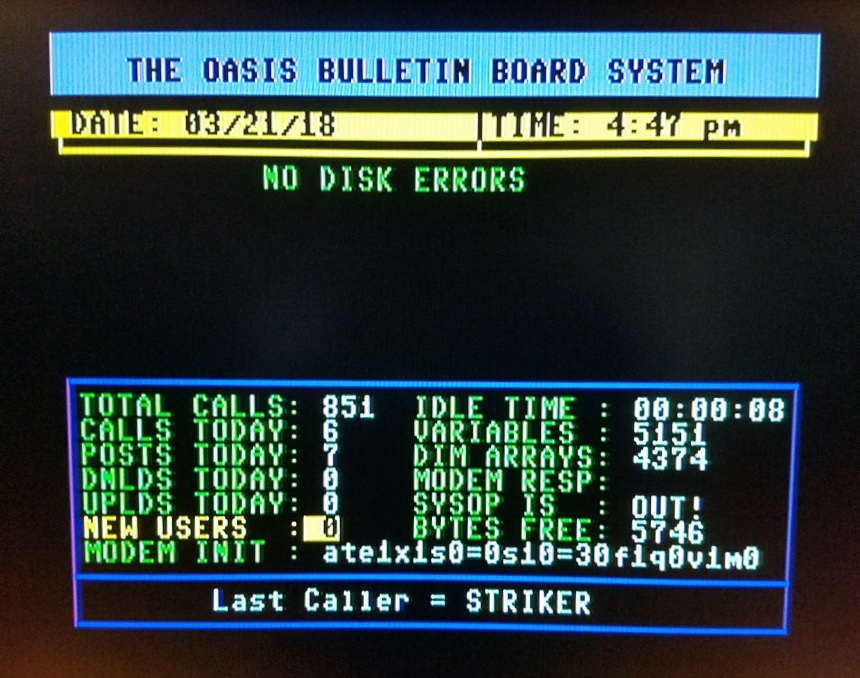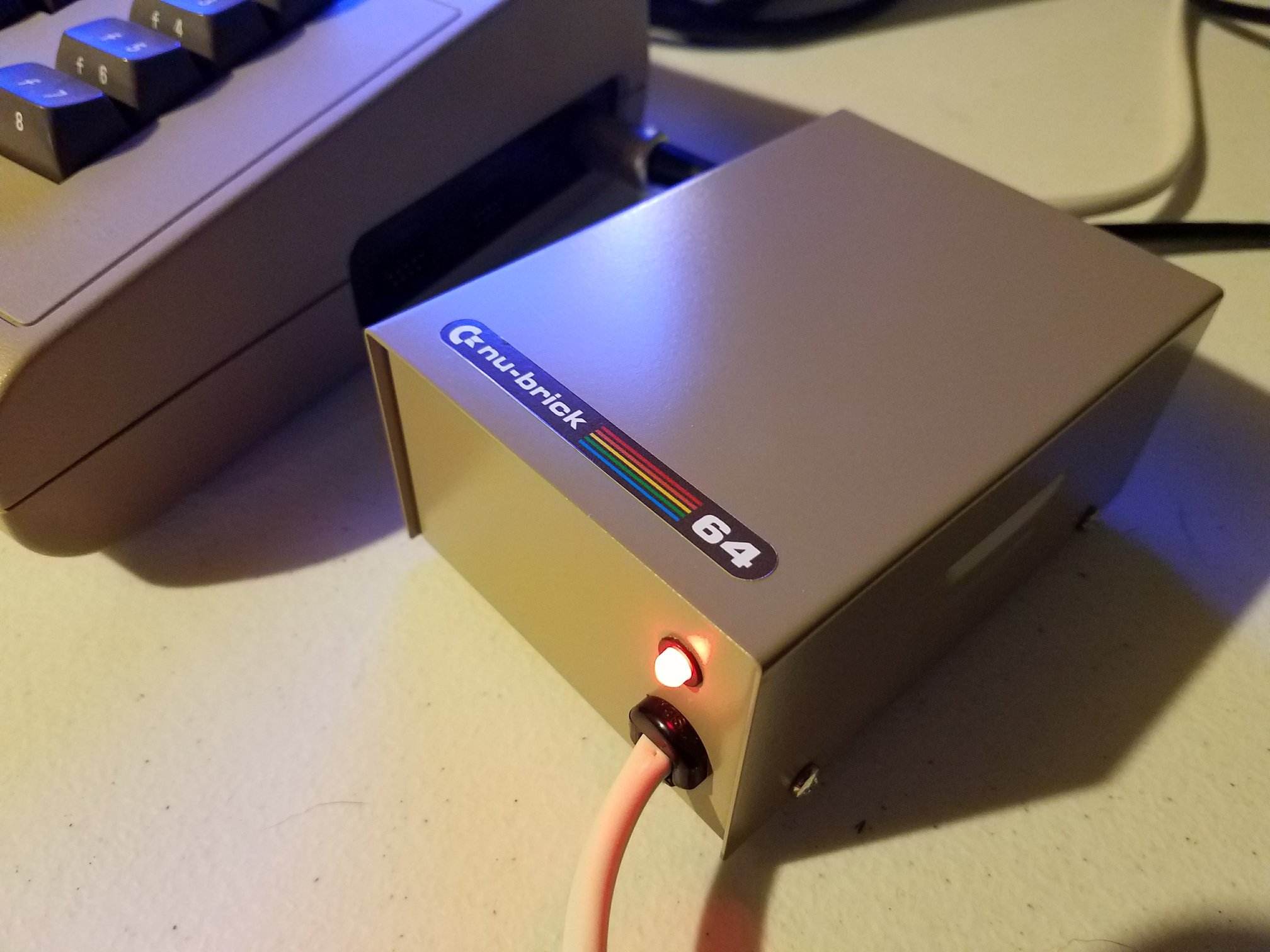In his latest video, Root42 builds and tests the Pico DRAM tester, a tool designed for diagnosing vintage RAM chips. Created by Eric Schlaepfer (Tube Time), the device runs on the Raspberry Pi Pico 2 and supports a wide range of chips, including older types that require -5V and +12V.
This tester avoids common headaches found in Arduino-based tools. It includes labeled sockets for various RAM types, a clear LCD interface, and a rotary encoder for easy control. Root42 walks through the build step by step—starting with soldering the Pico, installing resistor arrays, and adding voltage converters.
Testing vintage chips like 4164s and 41256s shows how timing plays a major role. Some chips pass their default settings. Others fail but work when tested with slower timing values. This tester doesn’t just tell you if a chip works—it reveals how reliable that chip actually is.
Root42 goes further by tweaking the firmware. He explains how the Pico’s programmable I/O (PIO) delays can be changed to support chips with specific timing needs. By editing one line of code, he fixes compatibility with some Samsung DRAMs that initially failed. It’s a simple but powerful example of how open firmware gives users real control.
The tester isn’t perfect. It doesn’t yet support obscure chips like the 4108, which were commonly used in Commodore and Sinclair systems. But Root42 shows how support for these could be added in future updates. He also suggests a “relaxed” timing mode for marginal chips—something that might help users test slower DRAM more accurately.
Compared to pro-level chip testers, this one is affordable—about €50 in parts. It doesn’t match the full features of something like the Retro Chip Tester Pro, but it’s a solid option for hobbyists. It tests more chips than most Arduino options and costs much less than commercial gear.
By the end of the video, Root42 shows the tester in action with different DRAM chips. Some fail, some pass, and others need a timing adjustment. It’s clear this project is more than a one-off build—it’s a flexible, growing tool for retro tech work.







